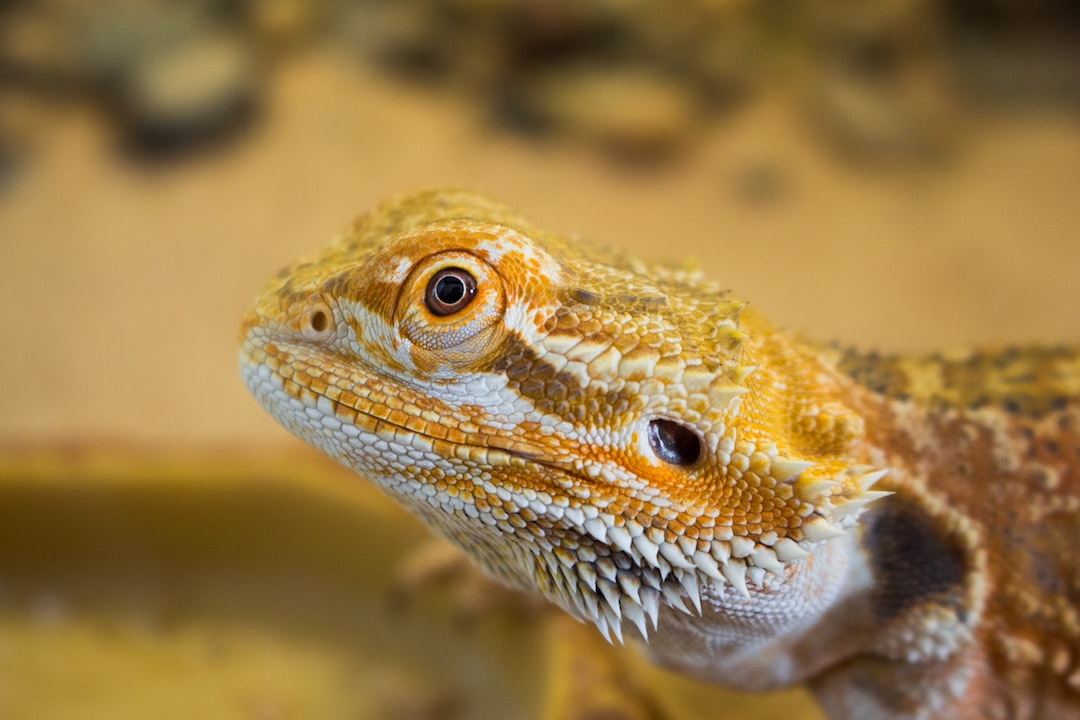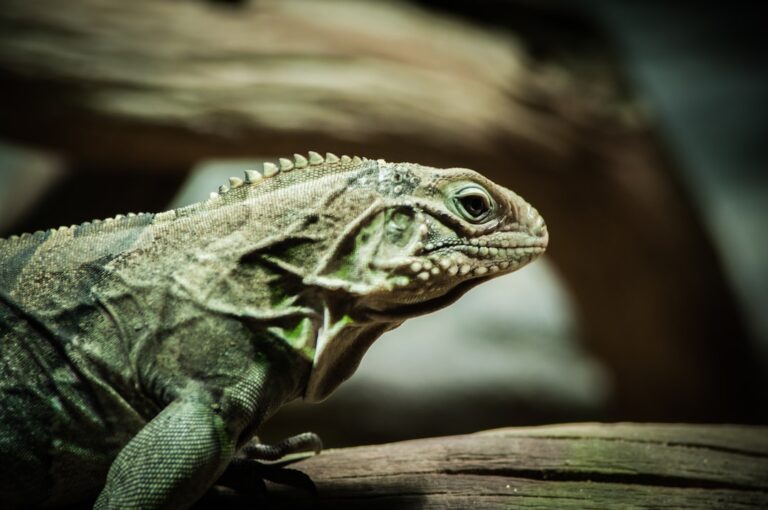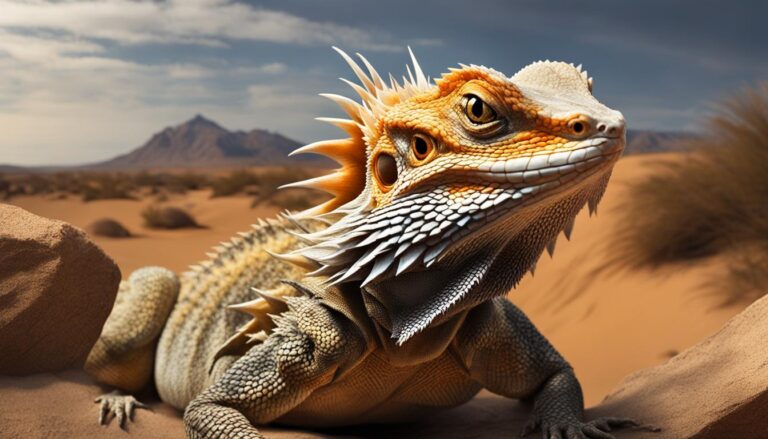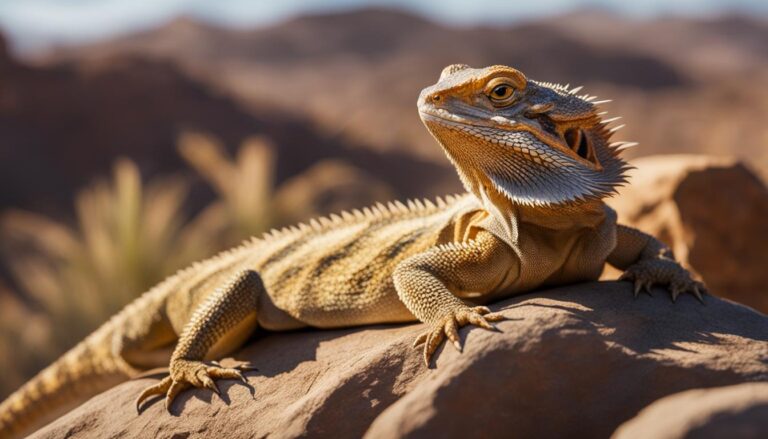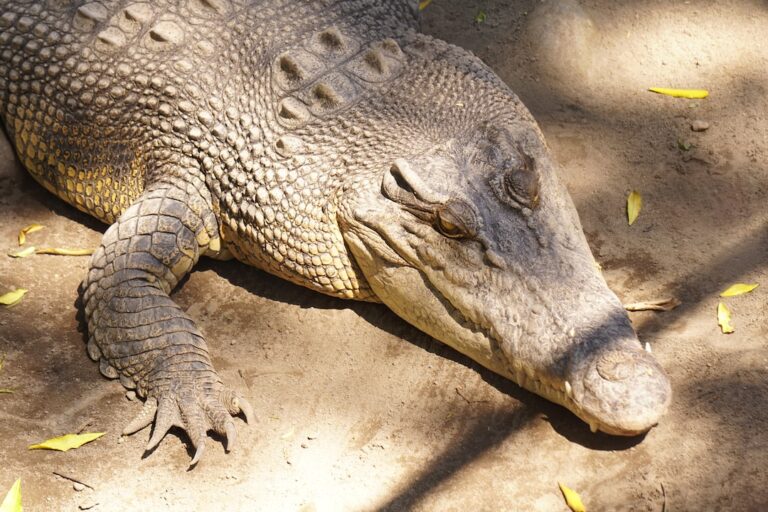Are Bearded Dragons Fragile?
Bearded dragons, also known as Pogona vitticeps, are a popular choice among reptile enthusiasts as pets. These fascinating creatures are native to the arid regions of Australia and have become increasingly popular in the pet trade due to their unique appearance and relatively low maintenance requirements. Bearded dragons are known for their distinctive spiky beard, which they can puff up when they feel threatened or excited. They also have a calm and docile temperament, making them great pets for both beginners and experienced reptile owners.
One of the reasons why bearded dragons are so popular among reptile enthusiasts is their unique combination of beauty and ease of care. Unlike some other reptiles, bearded dragons are relatively easy to handle and can become quite tame with regular interaction. They are also known for their curious and friendly nature, which makes them enjoyable companions. Additionally, bearded dragons have a long lifespan, with some individuals living up to 10-15 years with proper care. This longevity allows owners to form a deep bond with their pets over many years.
Table of Contents
Understanding the Fragility of Bearded Dragons
While bearded dragons may appear robust and sturdy, they are actually quite fragile creatures that require careful handling and care. Their bodies are delicate, with thin skin that can tear easily if mishandled. Their bones are also fragile, making them susceptible to fractures if dropped or handled too roughly. It is important for owners to understand the fragility of bearded dragons and take appropriate precautions to ensure their well-being.
Proper care and handling are crucial for the health and safety of bearded dragons. When handling a bearded dragon, it is important to support their body properly and avoid any sudden movements or jerks that could cause injury. It is also important to wash your hands before and after handling a bearded dragon to prevent the spread of bacteria or parasites. Regular veterinary check-ups are also essential to monitor the health of your bearded dragon and catch any potential issues early on.
Common Health Issues in Bearded Dragons
Like any living creature, bearded dragons are susceptible to a variety of health issues. Some of the most common health issues in bearded dragons include metabolic bone disease, respiratory infections, parasites, and impaction. Metabolic bone disease is a condition that occurs when a bearded dragon does not receive enough calcium or vitamin D3, leading to weak bones and deformities. Respiratory infections can occur if a bearded dragon is kept in an environment with poor air quality or if they are exposed to cold temperatures. Parasites, such as mites or worms, can also affect bearded dragons and cause a range of symptoms. Impaction occurs when a bearded dragon ingests something that they cannot digest, such as substrate or foreign objects.
It is important for owners to be aware of the symptoms of these common health issues in order to provide prompt treatment. Some common symptoms to look out for include lethargy, loss of appetite, weight loss, difficulty breathing, swollen joints, and abnormal bowel movements. If you notice any of these symptoms in your bearded dragon, it is important to seek veterinary care as soon as possible.
The Importance of Proper Nutrition for Bearded Dragons
Proper nutrition is essential for the health and well-being of bearded dragons. In the wild, bearded dragons primarily eat insects, vegetation, and occasionally small vertebrates. In captivity, it is important to provide a balanced diet that mimics their natural diet as closely as possible. A healthy diet for a bearded dragon should consist of a variety of insects such as crickets, mealworms, and dubia roaches, as well as leafy greens and vegetables.
One of the key nutritional needs of bearded dragons is calcium. Calcium is essential for the development and maintenance of strong bones and proper muscle function. Bearded dragons require a calcium to phosphorus ratio of 2:1 in their diet to prevent metabolic bone disease. It is important to dust their food with a calcium supplement before feeding to ensure they are getting enough calcium.
In addition to insects and vegetables, it is also important to provide a source of hydration for bearded dragons. This can be done by misting their enclosure with water or providing a shallow dish of water for them to drink from. It is important to monitor their water intake and ensure they are staying hydrated.
Best Practices for Handling Bearded Dragons
Handling bearded dragons can be a rewarding experience, but it is important to do so safely and responsibly. When handling a bearded dragon, it is important to approach them slowly and gently. It is best to scoop them up from underneath, supporting their body with both hands. Avoid grabbing or squeezing them too tightly, as this can cause stress or injury.
It is also important to handle bearded dragons on a regular basis to help them become accustomed to human interaction. Regular handling can help tame them and make them more comfortable with being touched and held. However, it is important to respect their boundaries and not force them into any uncomfortable situations.
It is also important to avoid handling a bearded dragon if they are shedding or have recently eaten, as they may be more sensitive or prone to stress during these times. It is best to wait until they have finished shedding or have had time to digest their food before handling them.
Environmental Factors that Affect Bearded Dragon Health
The environment plays a crucial role in the health and well-being of bearded dragons. It is important to provide a suitable habitat that meets their specific needs in order to ensure their health and happiness. Bearded dragons require a warm and dry environment with access to UVB lighting in order to properly metabolize calcium and maintain their overall health.
The temperature in the enclosure should be maintained between 95-105 degrees Fahrenheit on the basking side and around 80 degrees Fahrenheit on the cool side. This temperature gradient allows bearded dragons to regulate their body temperature by moving between the warm and cool areas of the enclosure. It is also important to provide a UVB light source, as this is essential for the synthesis of vitamin D3, which is necessary for calcium absorption.
The enclosure should also be equipped with appropriate substrate, such as reptile carpet or paper towels, to prevent impaction. Bearded dragons are prone to ingesting substrate, which can lead to impaction if it cannot be digested. It is important to avoid using loose substrates, such as sand or wood chips, as these can be easily ingested and cause health issues.
How to Recognize Signs of Illness in Bearded Dragons
It is important for owners to be able to recognize the signs of illness in bearded dragons in order to provide prompt treatment. Some common signs of illness in bearded dragons include lethargy, loss of appetite, weight loss, abnormal bowel movements, swollen joints, difficulty breathing, and changes in behavior or appearance.
If you notice any of these symptoms in your bearded dragon, it is important to seek veterinary care as soon as possible. A veterinarian who specializes in reptiles will be able to properly diagnose and treat any health issues your bearded dragon may have. It is important not to attempt to self-diagnose or treat your bearded dragon without professional guidance.
Preventing Common Injuries in Bearded Dragons
Preventing common injuries in bearded dragons is essential for their overall well-being. One of the most common injuries in bearded dragons is fractures or broken bones. This can occur if a bearded dragon falls from a height or is handled too roughly. It is important to handle bearded dragons with care and avoid any sudden movements or jerks that could cause injury.
Another common injury in bearded dragons is burns. Bearded dragons require a heat source in their enclosure to maintain their body temperature, but it is important to ensure that the heat source is properly regulated and does not pose a risk of burns. It is also important to provide a basking spot that is large enough for the bearded dragon to comfortably rest on without the risk of falling or getting stuck.
It is also important to provide a safe and secure enclosure for bearded dragons to prevent escape or injury. The enclosure should be escape-proof and free from any sharp objects or hazards that could cause injury. It is also important to regularly inspect the enclosure for any signs of wear or damage that could pose a risk to the bearded dragon.
Treatment Options for Injured or Sick Bearded Dragons
If your bearded dragon becomes injured or sick, it is important to seek veterinary care as soon as possible. A veterinarian who specializes in reptiles will be able to properly diagnose and treat any health issues your bearded dragon may have. Treatment options for injured or sick bearded dragons will vary depending on the specific condition, but may include medication, surgery, or supportive care.
It is important to follow your veterinarian’s instructions and administer any prescribed medications or treatments as directed. It is also important to provide a comfortable and stress-free environment for your bearded dragon during their recovery. This may include providing a quiet and warm space for them to rest, as well as monitoring their food and water intake.
Caring for Your Bearded Dragon’s Fragile Health
In conclusion, caring for the fragile health of bearded dragons requires proper care, handling, nutrition, and environmental factors. Bearded dragons are delicate creatures that require careful handling and attention to their specific needs in order to thrive. By providing a suitable habitat, a balanced diet, and regular veterinary care, you can ensure the health and well-being of your bearded dragon for many years to come. Remember to always handle your bearded dragon with care and seek veterinary care if you notice any signs of illness or injury. With proper care and attention, your bearded dragon can live a long and healthy life.
If you’re interested in learning more about bearded dragons, you might also want to check out this article on why do bearded dragons curl their tails. It provides valuable insights into the behavior of these fascinating reptiles and explains the reasons behind this common behavior. Understanding why bearded dragons curl their tails can help you better care for and interact with your pet.

